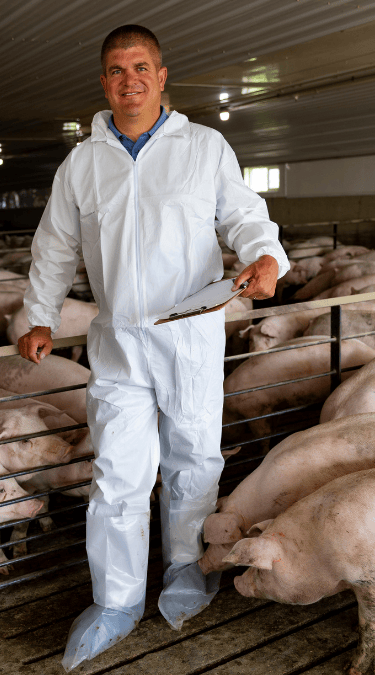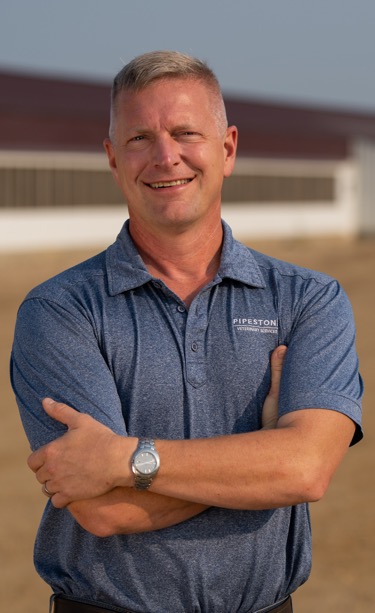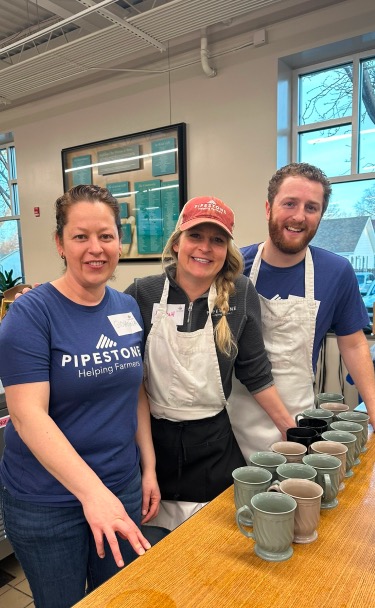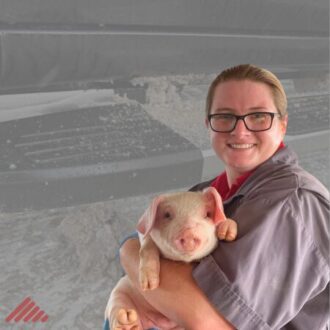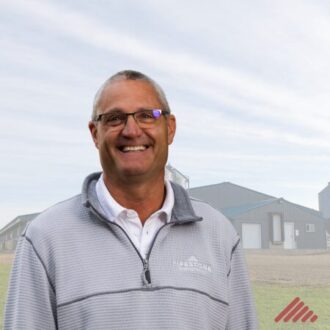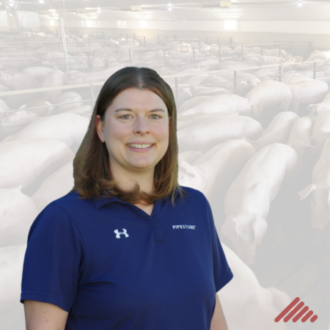Warm, humid weather can bring on more intestinal issues in recently weaned pigs. The causes of looseness are many and include viruses (rotavirus and PEDV most commonly), bacteria (hemolytic E. coli and salmonella), parasites (coccidia), and environmental and nutritional factors.
Today we will focus on best practices to minimize the chances of hemolytic E. coli issues (which can be seen more often in the summer) and the associated death loss. There are several different kinds of hemolytic E. coli’s. Hemolytic E. coli can produce enterotoxins that induce secretory diarrhea and cause other toxic effects to the pig (sudden deaths).
Thankfully, we have several tools in our toolbelt to control and prevent E. coli.
1) Vaccination. One common vaccination option is to utilize an E. coli receptor blocker. This is an oral vaccine that provides short-term protection (about 10 days). An injectable E. coli vaccine is an exciting emerging technology that we are also exploring.
2) Antibiotic Therapy. A combination of feed and/or water medications are helpful tools to reduce looseness. To reduce looseness and associated death loss with hemolytic E. coli, the bacteria need to be sensitive to the antibiotic used. It will be necessary to work with your veterinarian to put together a tailored antibiotic therapy plan for your operation.
3) Environmental Control. Environmental load reduction is an important piece to help break the cycle of repeated hemolytic E. coli breaks. Work with your veterinarian to help design the plan that fits best with your needs.
- Barn Cleaning: One important staple in an environmental reduction plan is to manage barns in an all-in, all-out fashion. Barns need to be cleaned, disinfected, and dry between groups. Utilizing a soap/degreaser after soaking but before washing can improve overall cleanliness and is recommended in barns with previous E. coli issues. Next, it is critical that we need to disinfect these barns after washing. Finally, whitewashing is the gold standard (and inexpensive) tool to help clean up barns after repeated E. coli challenges.
- Water testing and water line cleaning: An investigation into water source and quality, water availability, and water line cleanliness would be a good idea if consistent E. coli breaks are occurring on a site.
4) Nutritional Modification. Nutritional modifications can be made to make the pigs gut healthier or to make it more difficult for the E. coli to survive and attach. Common modifications are to add fiber sources or modify the protein source in certain diets where you are experiencing concerns. It may be helpful to work with your nutritionist to make some minor modifications
5) Management. Reducing triggers for hemolytic E. coli is very important in preventing the clinical E. coli picture.
- Prevent clinical hemolytic E. coli. One of the keys to reducing looseness is to keep the bellies full by encouraging the pigs to keep “grazing.” Thus, practices like walking pens often and mat feeding can be very beneficial. Diet changes can be one trigger to seeing hemolytic E. coli. Thus, keys to prevent this is to (A) utilize water acidifiers during phase changes and (B) to try to blend phase changes when feeding into the barn. Minimize any body temperature increases (fever) in pigs as the gut becomes more leaky when body temperature goes up. If you give any vaccinations, you could utilize some aspirin. Finally, be careful about how you handle left-over feed in bins. For example, are newly weaned pigs eating phase 4 feed or finisher feed?
- In the event of a hemolytic E. coli outbreak. If you do see clinical E. coli, early recognition and treatment is key to swiftly getting this under control and minimizing death loss. Your veterinarian and PIPESTONE team members can help get a plan together to assist in getting back on track.
